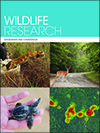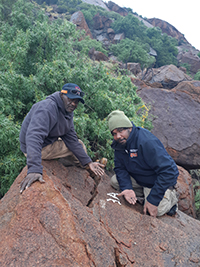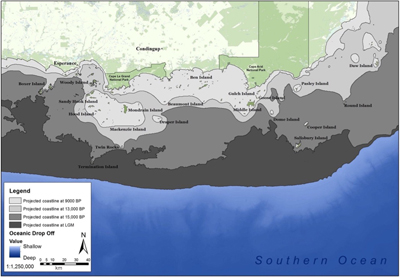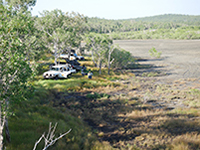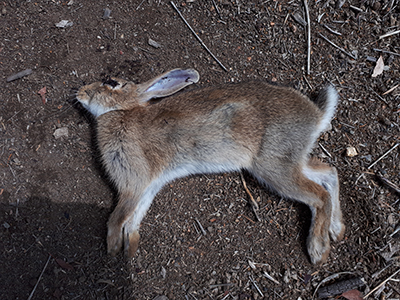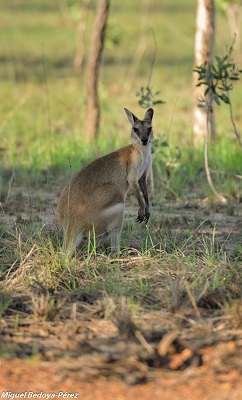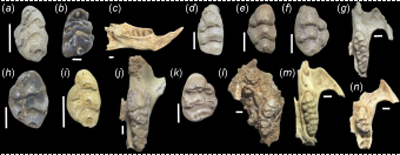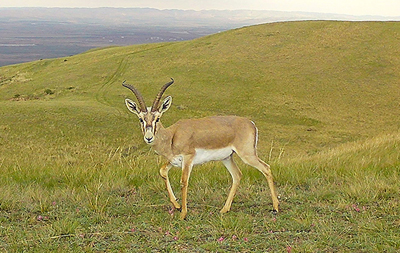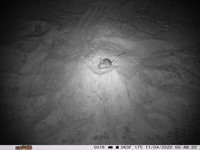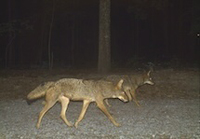We reviewed how the trajectories of a warru population (black-flanked rock wallaby) in the Aṉangu Pitjantjatjara Yankunytjatjara Lands of remote northern South Australia responded to rainfall and to different predator-control strategies. Repeated scat counts provided a robust index of population changes while requiring less overall logistical and financial costs than did correlated mark–recapture estimates. The 22-year dataset showed positive response of warru to rainfall and to management of invasive predators by shooting, but not by baiting. Photograph by John Read.
This article belongs to the collection: Indigenous and cross-cultural wildlife research in Australia.


